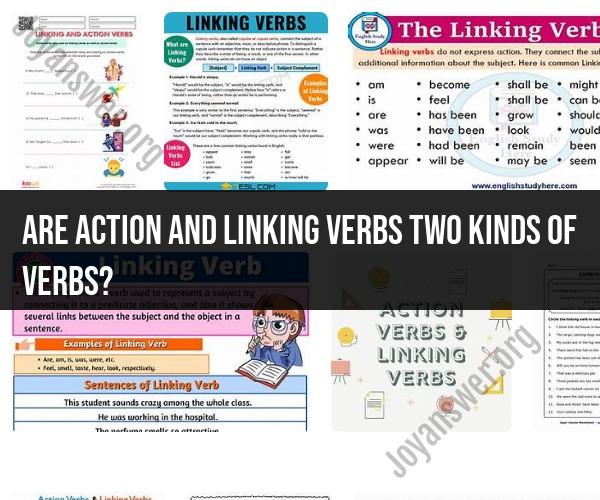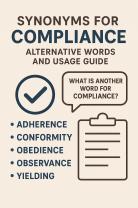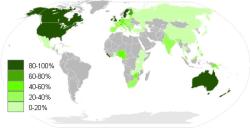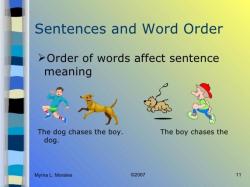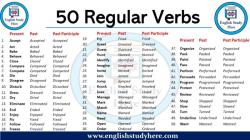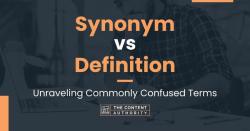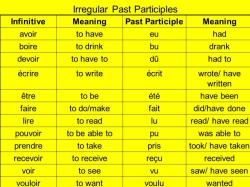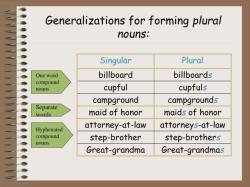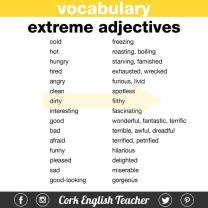Are action and linking verbs two kinds of verbs?
Yes, action verbs and linking verbs are two different types of verbs in the English language.
Action Verbs:
Action verbs, as the name suggests, describe an action or something that a subject does. They convey an action that can be seen, heard, felt, or experienced. Examples of action verbs include "run," "jump," "write," "sing," "eat," and "dance."
Action verbs are often used to describe physical or mental activities and are a fundamental part of a sentence's predicate, providing information about what the subject is doing.
Example: She runs every morning. (The action verb "runs" describes the action performed by the subject "She.")
Linking Verbs:
Linking verbs, on the other hand, do not describe actions but instead link the subject of a sentence to a subject complement (predicate nominative or predicate adjective), providing more information about the subject's state, condition, or identity.
Common linking verbs include "be" (am, is, are, was, were, etc.), "seem," "appear," "become," "feel," "look," "sound," "taste," and "smell." These verbs link the subject to a description or characteristic.
Example: He is a doctor. (The linking verb "is" connects the subject "He" to the subject complement "a doctor.")
In summary, while both action verbs and linking verbs are types of verbs, they serve different functions in sentences. Action verbs describe actions or activities performed by the subject, while linking verbs connect the subject to a subject complement, providing additional information about the subject's state or identity. Understanding the distinction between these two types of verbs is important for constructing clear and grammatically correct sentences.
Distinguishing Between Action and Linking Verbs: A Grammar Guide
Verbs are words that describe actions or states of being. There are two main types of verbs: action verbs and linking verbs.
Action verbs describe physical or mental actions. Examples of action verbs include:
- run
- jump
- eat
- sleep
- think
- study
Linking verbs connect the subject of a sentence to a noun or adjective that describes the subject. Examples of linking verbs include:
- is
- am
- are
- was
- were
- be
- become
- seem
- appear
One way to distinguish between action verbs and linking verbs is to try replacing the verb with the word "is." If the sentence still makes sense, the verb is likely a linking verb. For example:
- Action verb: John runs to the store.
- Linking verb: John is a runner.
In the first sentence, the verb "runs" describes John's physical action. In the second sentence, the verb "is" connects the subject "John" to the noun "runner," which describes John.
Another way to distinguish between action verbs and linking verbs is to look at the part of speech that follows the verb. Action verbs are typically followed by nouns or pronouns that indicate the object of the action. Linking verbs are typically followed by nouns or adjectives that describe the subject. For example:
- Action verb: John runs the race.
- Linking verb: John is the winner.
In the first sentence, the noun "race" indicates the object of the action "runs." In the second sentence, the noun "winner" describes the subject "John."
Action Verbs vs. Linking Verbs: Understanding the Key Differences
The key difference between action verbs and linking verbs is that action verbs describe actions, while linking verbs connect the subject of a sentence to a noun or adjective that describes the subject.
Action verbs can be transitive or intransitive. Transitive action verbs take a direct object, while intransitive action verbs do not. For example:
- Transitive action verb: John threw the ball.
- Intransitive action verb: The ball bounced.
Linking verbs are always intransitive.
Examples of Action and Linking Verbs in Sentences
Here are some more examples of action and linking verbs in sentences:
Action verbs:
- The dog chased the cat.
- The bird flew away.
- The students studied for the test.
- The teacher wrote on the board.
- The chef cooked a delicious meal.
Linking verbs:
- John is tall.
- Mary seems happy.
- The sky appeared blue.
- The house became a home.
- The teacher was kind.
